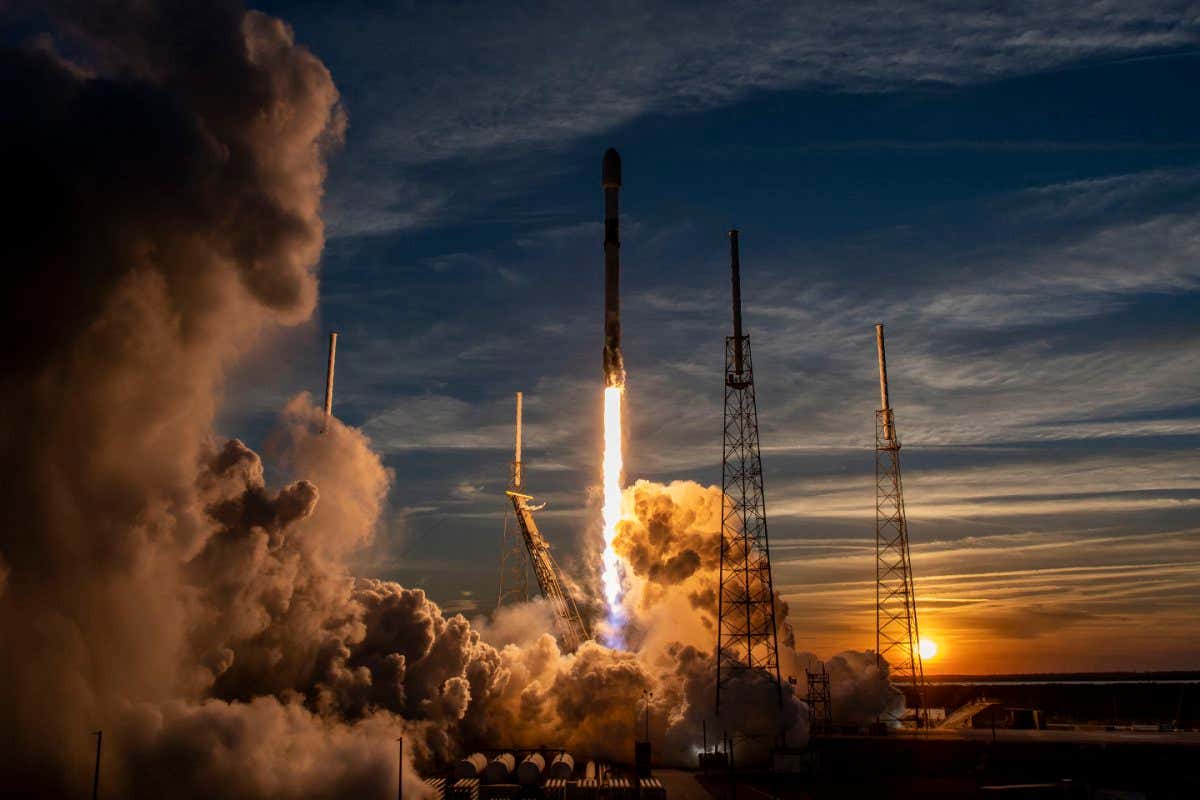SpaceX's Starlink V2: Faster Internet Arrives – A New Era of Satellite Connectivity
SpaceX's ambitious Starlink project is taking a giant leap forward with the launch of its second-generation satellites, Starlink V2. These aren't just incremental improvements; they represent a significant upgrade in speed, capacity, and overall performance, promising a revolution in global internet access. This article delves into the key features and implications of this exciting development.
What makes Starlink V2 different?
The most significant difference lies in the sheer increase in capacity. Starlink V2 satellites are significantly larger and more powerful than their predecessors, boasting:
- Higher Bandwidth: Expect significantly faster download and upload speeds, potentially reaching gigabit levels in certain areas. This leap in bandwidth is crucial for addressing the growing demand for high-speed internet, particularly in underserved regions.
- Enhanced Laser Inter-Satellite Links: These lasers enable direct communication between satellites, reducing latency and improving network stability. This is a game-changer for minimizing lag, making Starlink V2 ideal for latency-sensitive applications like online gaming and video conferencing.
- Increased Coverage: The improved design and increased capacity mean broader coverage, reaching more users globally, especially in remote and rural areas traditionally lacking reliable internet access.
- Improved Resilience: The larger size and enhanced design contribute to improved resilience against atmospheric disturbances and other potential issues, ensuring more consistent service.
Faster Internet: The Impact on Users and Businesses
The implications of Starlink V2's faster internet are far-reaching:
- Residential Users: Expect smoother streaming, faster downloads, and improved online gaming experiences. This will significantly enhance the quality of life for those currently reliant on slow or unreliable internet connections.
- Businesses: The increased bandwidth and low latency open doors for businesses in remote areas to access essential online tools and services, fostering economic growth and innovation. This is particularly crucial for industries like agriculture, healthcare, and education.
- Global Connectivity: Starlink V2's potential to bridge the digital divide is immense. Providing reliable high-speed internet to underserved communities will unlock educational opportunities, improve healthcare access, and stimulate economic development worldwide.
Challenges and Future Outlook
While the launch of Starlink V2 is a significant achievement, challenges remain. These include:
- Regulatory Hurdles: Obtaining necessary approvals and licenses in different countries can be complex and time-consuming.
- Cost: While SpaceX aims to make Starlink affordable, the initial cost of equipment and subscription fees might still be a barrier for some users.
- Space Debris: The increasing number of satellites in orbit raises concerns about space debris and the potential for collisions. SpaceX is actively working on mitigating these risks.
Conclusion:
SpaceX's Starlink V2 represents a substantial advancement in satellite internet technology. The faster speeds, increased capacity, and enhanced features promise a significant improvement in global internet access, impacting individuals, businesses, and entire communities. While challenges remain, the potential benefits of Starlink V2 are undeniable, paving the way for a future of truly ubiquitous high-speed internet. Stay tuned for further updates as SpaceX continues to expand its ambitious network.
Keywords: SpaceX, Starlink, Starlink V2, satellite internet, high-speed internet, global internet access, low latency, gigabit internet, satellite technology, space exploration, digital divide, broadband internet, remote internet access.
(Note: This article is for informational purposes only. Specific speeds and availability may vary depending on location and other factors. For the most up-to-date information, please visit the official SpaceX Starlink website.)

